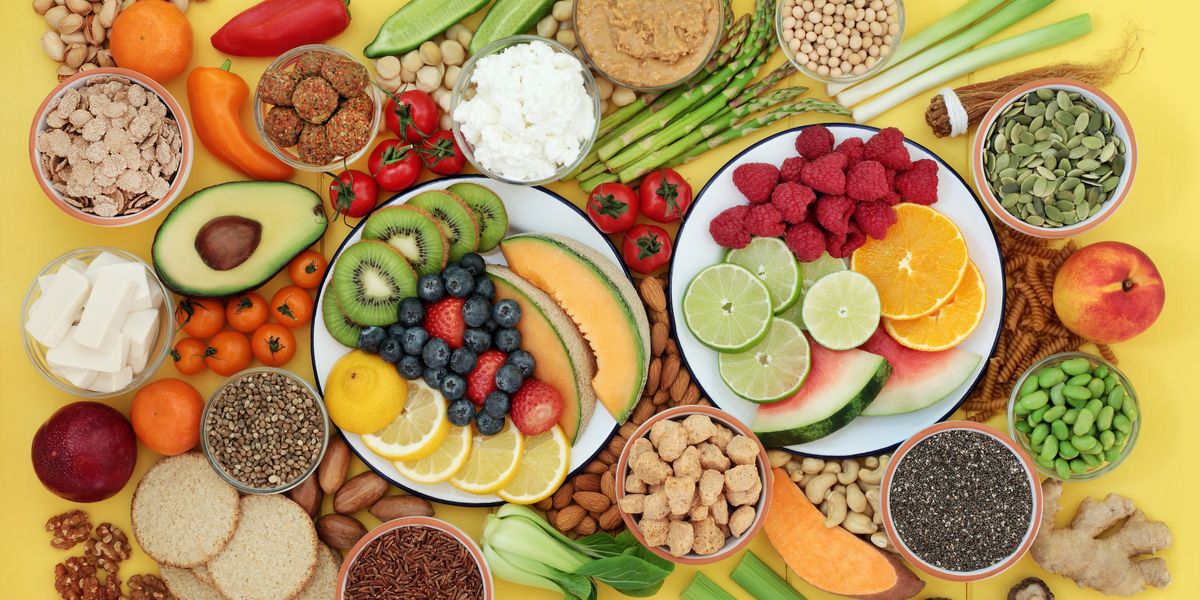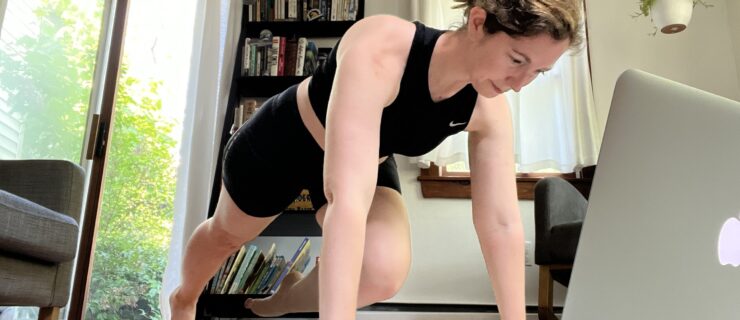Are You Eating the Right Foods for Strong, Healthy Bones? Here's Why You Should, and Now
Stress fractures—tiny cracks in a bone that, left untreated, can lead to a full break—are common in dancers, especially in the foot and lower leg. You may have heard stress fractures referred to as “overuse injuries” because they can result from repetitive stress to normal bone. But there’s another type of stress fracture, called an insufficiency fracture, that’s caused by normal stress on weakened bones.
The most common cause of weak bones in dancers is related to nutrition. You not only need to eat enough of the nutrients and minerals necessary for strong bones, you need to consume enough calories. Young women who consistently undereat don’t produce enough estrogen, a hormone needed for bone density. Dancers with extremely low body weight or excessive exercise schedules may lose significant amounts of bone density, which may not be recovered. Up to 90 percent of peak bone mass is acquired by age 18 in girls, which makes these years an optimal time to invest in your bone health.
Remember, bone is a dynamic, live tissue that’s continually remodeling and can adapt to our activities. People who do a lot of punching, such as martial artists who break boards and bricks with their hands, show thickening in those bones. In dancers, the muscles of their feet can shape bone from the pull of pointing. With proper training and nutrition, bone becomes denser based on the demands placed on it. But without the building blocks provided by the foods we eat, these demands could lead to a stress fracture.
You might be surprised to know that bone is considered connective tissue. Just like ligaments and tendons, it’s made largely of collagen, which provides resiliency. That resiliency prevents bone from shattering under force. Collagen provides a framework for minerals like calcium, phosphorus and magnesium, which form a matrix within the collagen and create the bone’s hardness and strength.
In addition to these minerals, you need a host of other nutrients to support bone health. You can protect your bones by eating a balanced diet that includes bone-supporting foods and responsible, regular time in the sun. Ready to get started? Below is an easy nutrient checklist, complete with portable snack examples that you can pack in your dance bag.
Protein

Getty Images
Protein is necessary for collagen formation, which provides the bone’s framework. It is also required to make a host of hormones needed to keep bones strong.
Sources:
meat, eggs, dairy products, legumes, nuts and seeds.
Dance-bag-ready snacks:
- Nuts or seeds
- Canned tuna
- String cheese
Vitamin C

Getty Images
You may know vitamin C is essential for your immune system. You also need it for collagen formation and the production of stress hormones. When you’re under high levels of stress, you burn through more vitamin C. That means you need to eat more of it to ensure your bones get enough.
Sources:
Citrus fruit, berries, kiwi, broccoli, kale and peppers. Other rich sources include papaya, guava and fresh thyme.
Dance-bag-ready snacks:
- Oranges
- Sliced Peppers
- Fresh strawberries
Vitamin D

Getty Images
Vitamin D helps your body to absorb calcium and phosphorus, two of the minerals that give bones their strength. Vitamin D is a hormone produced when your skin is exposed to sunlight. A recent study found that 73 percent of athletes are deficient in vitamin D, with dancers and basketball players at the highest risk. That’s not surprising since they spend so much of their time inside, including summers training at intensives. Vitamin D deficiency doubles the risk of stress fractures and results in slower recovery.
Sources:
Natural sources of Vitamin D include regular exposure to sunshine, wild-caught fatty fish like salmon and herring, egg yolks, mushrooms and beef liver. Additional food choices include fortified orange juice, cereals and dairy products.
Dance-bag-ready snacks:
- Breakfast cereal
- Shelf-stable milk
- Go outside to enjoy your snack
Vitamin K2

Getty Images
There are two forms of vitamin K. Vitamin K1 is found in plant foods like leafy green vegetables. Vitamin K2 is found in animal products and fermented foods. Both are necessary for good health, but vitamin K2 plays an important role in bone health, as it regulates where calcium goes in the body. Vitamin K2 directs calcium to deposit in bones and teeth, where we want it, rather than in blood vessels (where it can lead to heart disease). Like Vitamin D, K2 can be produced in the body by bacteria found in the large intestine. If you’ve been taking antibiotics, consider doubling-down on food sources rich in Vitamin K2.
Sources:
Whole-fat dairy products from grass-fed animals, egg yolks and organ meats. Vegetarian sources include sauerkraut, natto (fermented soybeans) and miso.
Dance-bag-ready snacks:
- Grass-fed and finished jerky
- Hard boiled eggs (keep refrigerated or cold in a thermal bag)
- Kimchi (keep cold and use as a condiment to other lunch items)





